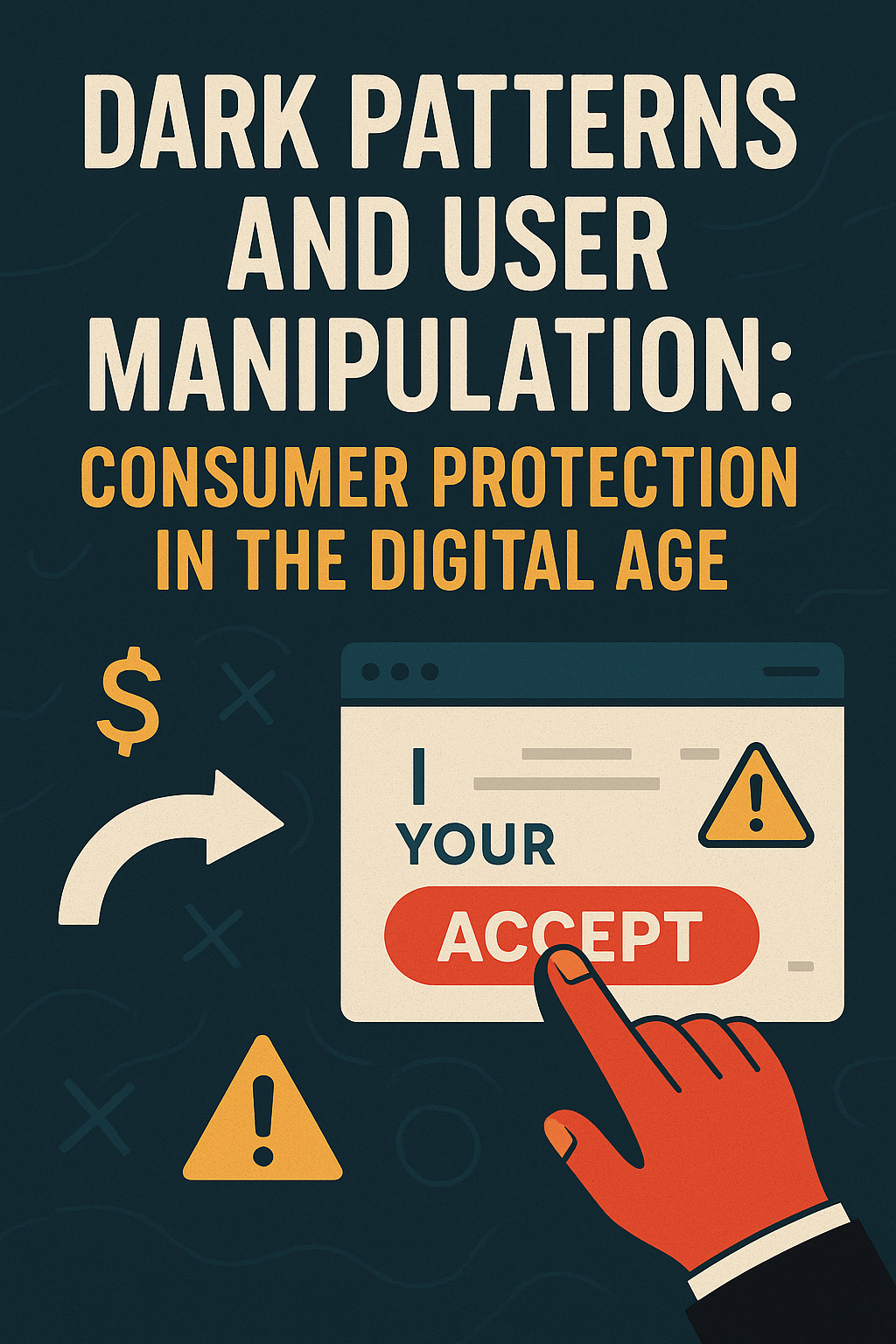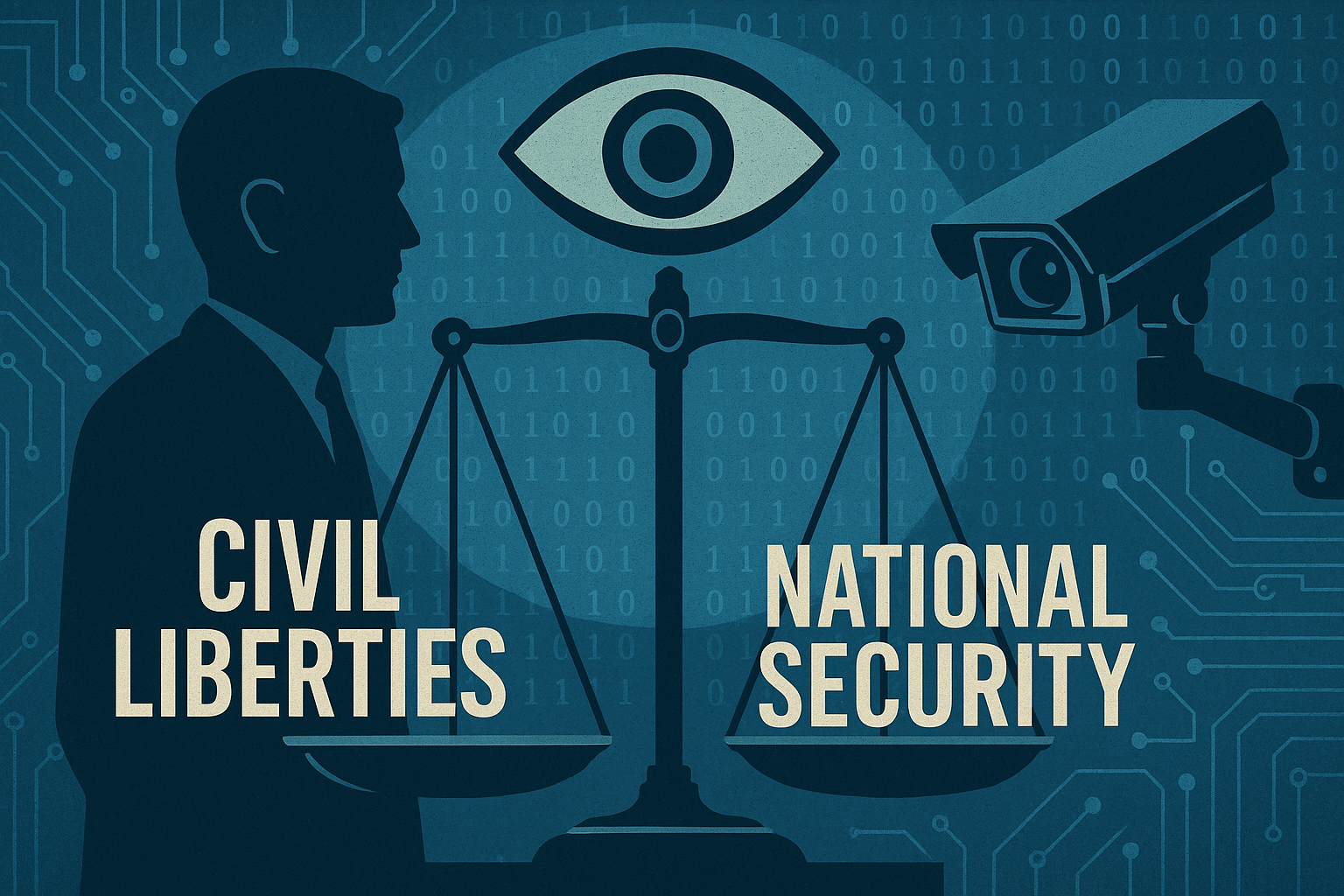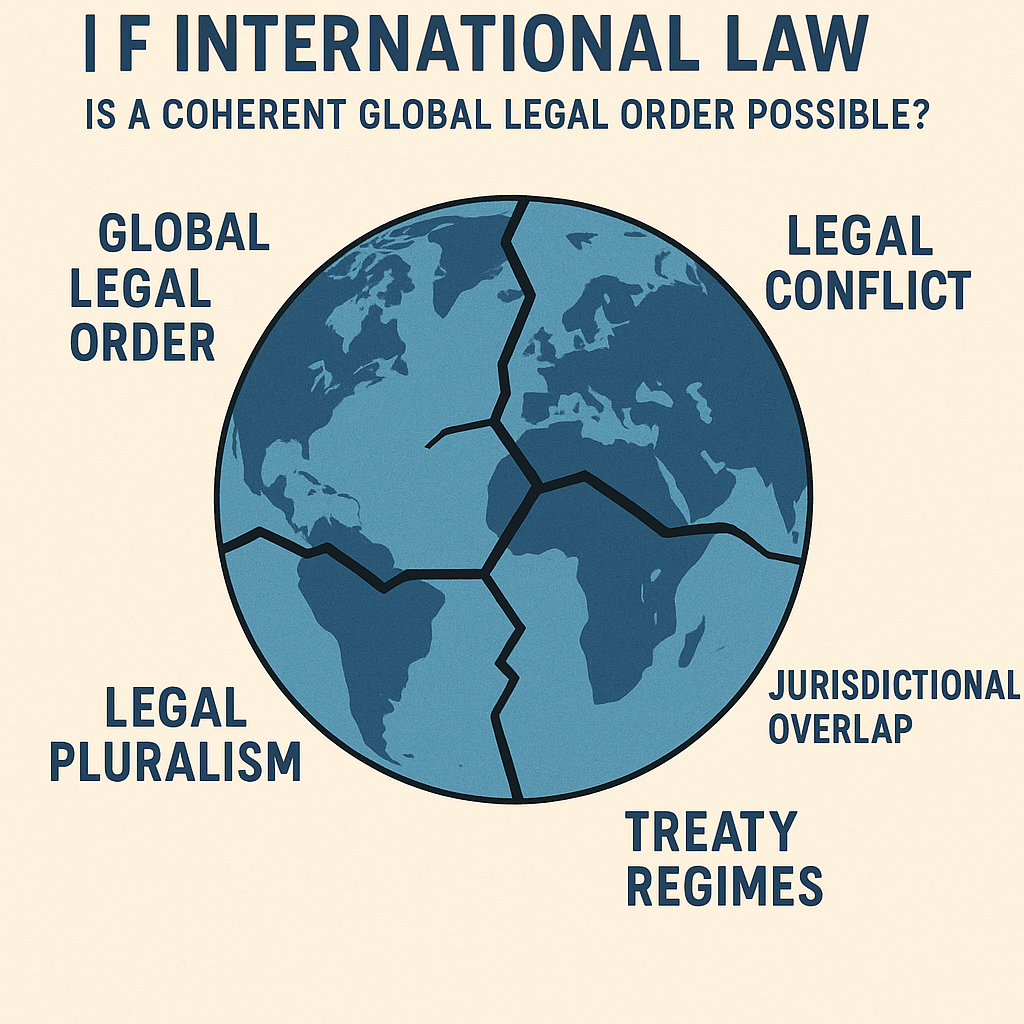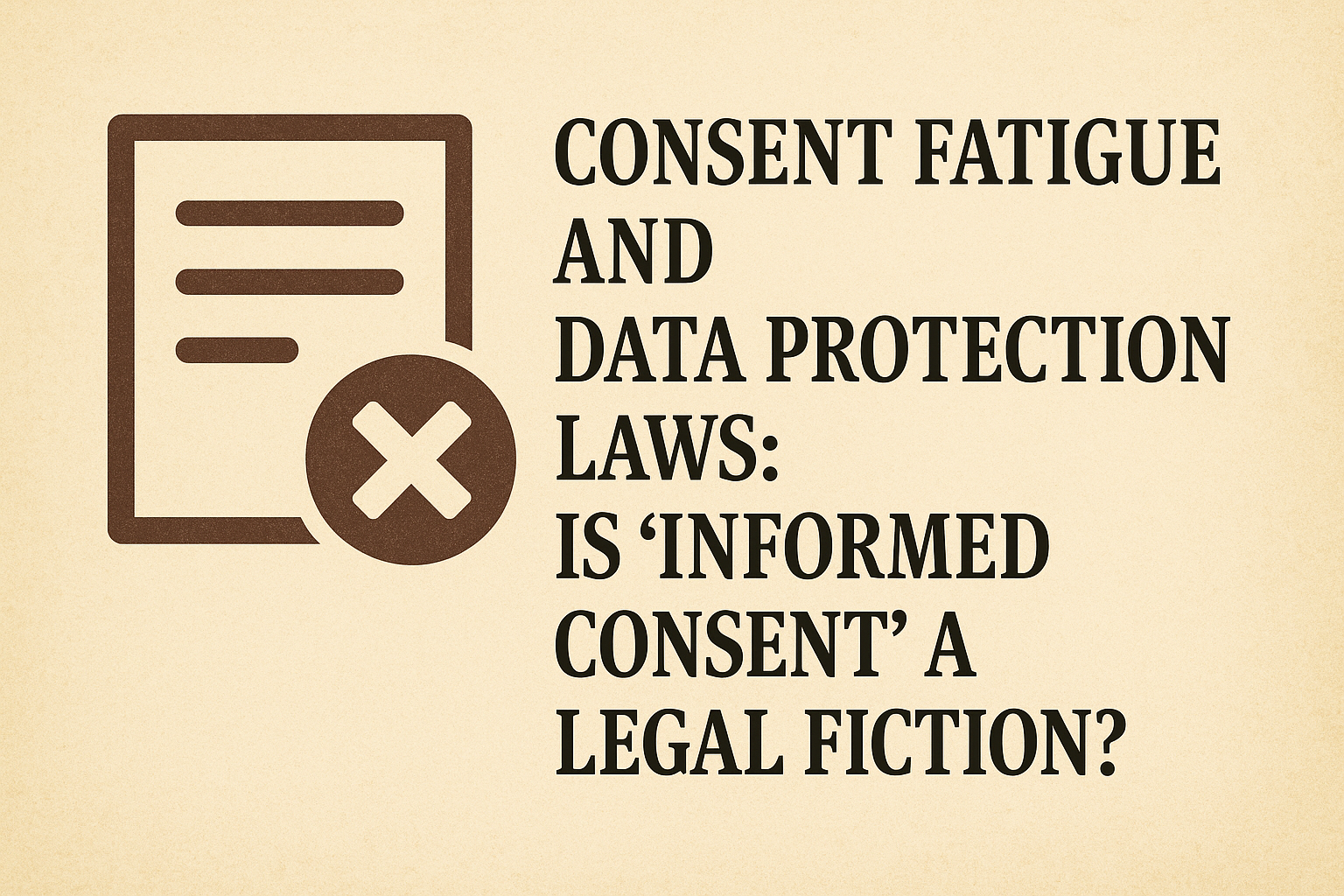Dark Patterns and User Manipulation: Consumer Protection in the Digital Age
Introduction
In the rapidly evolving digital landscape, where user experience and design play a central role in shaping our online behavior, dark patterns have emerged as a growing concern. These deceptive design tactics are not just unethical—they actively manipulate consumer choices, infringe on privacy, and often push individuals into making decisions against their best interests. As the digital economy expands, understanding and addressing dark patterns is vital to ensure that consumer rights are protected and digital platforms are held accountable.
Understanding Dark Patterns
The term dark patterns was coined by user experience (UX) specialist Harry Brignull in 2010. It refers to design elements in user interfaces that are intentionally crafted to deceive or manipulate users into performing actions they may not intend to—such as making purchases, sharing data, or signing up for services. Unlike persuasive design, which aims to guide users helpfully, dark patterns exploit cognitive biases, psychological vulnerabilities, and a lack of legal literacy among users.
Common Types of Dark Patterns Include:
- Bait and Switch: A user takes an action expecting one result, but something else happens (e.g., clicking “X” on an ad downloads a file).
- Roach Motel: Easy to get into a situation (like a subscription), but extremely difficult to get out.
- Privacy Zuckering: Tricking users into sharing more information than they intend (named after Facebook’s Mark Zuckerberg).
- Forced Continuity: After a free trial ends, the user is automatically charged without a clear notification or easy opt-out.
- Trick Questions: Forms or surveys designed to confuse the user into giving consent or subscribing to something.
- Confirmshaming: Using guilt-inducing language to persuade users not to opt out (e.g., “No thanks, I don’t like saving money”).
How Dark Patterns Affect Users
Dark patterns are not mere annoyances; they have significant consequences for consumers:
- Loss of Autonomy: Users are deprived of genuine choice and control over their actions online.
- Privacy Violations: These patterns often result in excessive or non-consensual data sharing.
- Financial Harm: Users might unknowingly subscribe to paid services or purchase products under pressure.
- Psychological Stress: Repeated exposure to manipulative design can lead to decision fatigue and anxiety.
For vulnerable populations—such as children, the elderly, or those with limited digital literacy—the impact can be even more damaging.
Legal and Ethical Implications
Dark patterns pose fundamental questions about consent, transparency, and fairness in the digital age. Their widespread use challenges the foundational principles of consumer protection, particularly in relation to:
- Informed Consent: Consent obtained through deception is neither free nor informed.
- Transparency: Hidden fees, unclear terms, or deceptive options violate the consumer’s right to know.
- Fair Trade Practices: Such tactics distort fair competition by giving unethical platforms an unfair advantage.
Global Legal Response
European Union
The EU has taken a lead role in addressing dark patterns:
- The General Data Protection Regulation (GDPR) mandates clear, affirmative consent for data collection.
- The Digital Services Act (DSA) bans manipulative interface design, particularly for platforms targeting vulnerable users.
- Regulators have already fined major tech firms for deploying non-compliant consent banners and misleading privacy settings.
United States
The Federal Trade Commission (FTC) has intensified scrutiny of dark patterns:
- In 2022, the FTC published a policy statement warning businesses against practices that undermine consumer choice and consent.
- Companies using tricky cancellation processes or misleading subscription models have faced enforcement actions and fines.
India
India’s Digital Personal Data Protection Act, 2023 (DPDPA) emphasizes valid, informed, and unambiguous user consent. Though enforcement mechanisms are still developing, the law marks a significant step toward regulating digital manipulation. Additionally, consumer courts can address grievances arising from unfair trade practices under the Consumer Protection Act, 2019.
Industry Accountability and the Role of Ethical Design
Technology companies play a crucial role in combating dark patterns. Instead of manipulating users for short-term gain, platforms should adopt ethical design practices that prioritize:
- Clarity and Simplicity: Information and choices should be easy to understand.
- User Empowerment: Give users meaningful control over their settings and data.
- Transparency: Ensure terms of service, data policies, and pricing are clearly communicated.
Designers and developers must be educated in ethical UX principles and be aware of the moral responsibilities attached to their work. Regulatory pressure must also be matched by industry-wide ethical reforms.
Consumer Awareness and Digital Literacy
Legal frameworks alone are not enough. Consumers must be empowered with the knowledge to recognize and resist manipulation. Educational campaigns, browser extensions that detect dark patterns, and public awareness drives can help:
- Increase understanding of user rights.
- Identify common tricks used in e-commerce, social media, and apps.
- Push platforms to maintain ethical standards through consumer advocacy and feedback.
Conclusion
As the digital economy grows in complexity, dark patterns represent a major challenge to fair and transparent digital interactions. By blurring the lines between persuasion and coercion, they threaten the foundations of trust, autonomy, and consent. The fight against these manipulative practices requires a collaborative effort—robust regulation, ethical design, industry accountability, and an informed public. Only through such comprehensive measures can we ensure that consumer protection evolves to meet the demands of the digital age and that technology serves its users—honestly and fairly.








